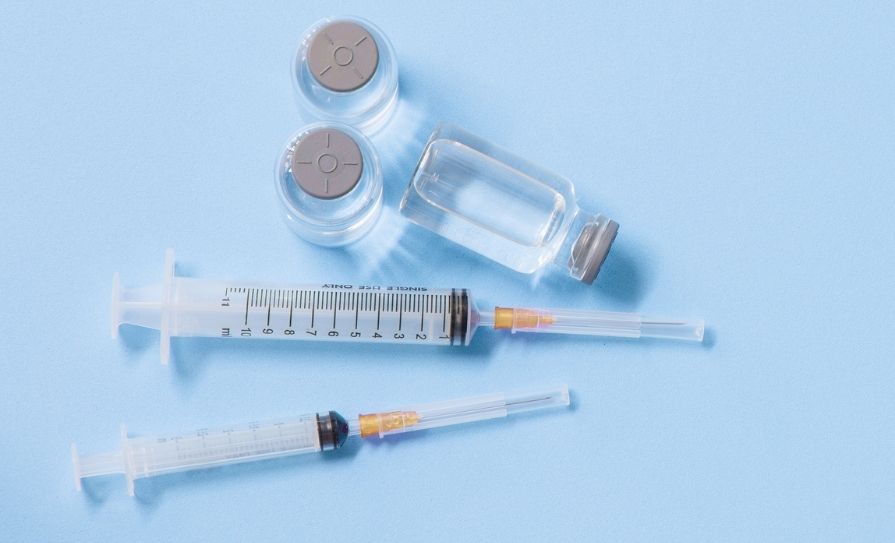Inspired by a project carried out in Belgium and Luxembourg evaluating the effectiveness of the electronic patient information leaflet and the key principles created by the European Medicines Agency (EMA) and the Heads of Medicines Agencies (HMA), the European Association of Hospital Pharmacists (EAHP) conducted a survey on the use of electronic product information (ePI) in European hospitals.
The survey was carried out in co-operation with the Inter-Association Task Force for electronic product information composed of Medicines for Europe, EFPIA (European Federation of Pharmaceutical Industries and Associations) and AESGP (Association of the European Self-Care Industry) from March to April 2021. It targeted hospital pharmacists in 36 European countries, ultimately receiving 534 answers, with the results released recently.
Reflecting on the process and the results of the survey, former EAHP Board member Mr Steffen Amann, who was involved in the project from the start, commented: “Digitalisation is revolutionising healthcare provision in hospitals across Europe. For EAHP, it was consequently very important to learn more about the use of electronic patient leaflets and the future potential of electronic product information. It will take a lot of activity to overcome the lack of means to work with digital information, which not surprisingly is one of the main barriers for the use of ePI in hospitals.”
Almost 60 per cent of respondents reported that healthcare professionals use the digital version when they wish to obtain information on a medicine. Hospital pharmacists (93 per cent) are those most frequently using the digital format of the product information, followed by physicians (71 per cent) and nurses (43 per cent). Given that the survey only targeted hospital pharmacists, it should be noted that the presumed behaviour of both healthcare professionals and patients are always the opinion of the hospital pharmacists answering the survey, said the EAHP.
The survey reveals that patients are usually not provided with paper package leaflets, and only 21 per cent of respondents reported that medicines information is provided orally to patients. In this regard, the majority of respondents see the potential for further informing patients by giving them access to ePI. It would also ensure that the information accessed is up-to-date.
The report nevertheless acknowledged that some challenges should be addressed concurrently, especially equipping hospitals with the appropriate IT infrastructure, while at the same time taking into account the structural preconditions of hospitals in Europe regarding the technical equipment to use ePI in daily practice.
EAHP’s President András Süle pointed out that “the survey report provides very relevant information on the overall use of printed package leaflets and the prevalence of the application of product information in a digital format within EAHP’s membership. “Hopefully, this snapshot analysis of the situation in Europe will help improve access to the upto- date product information on medicines when and where it is needed in the hospital.”







